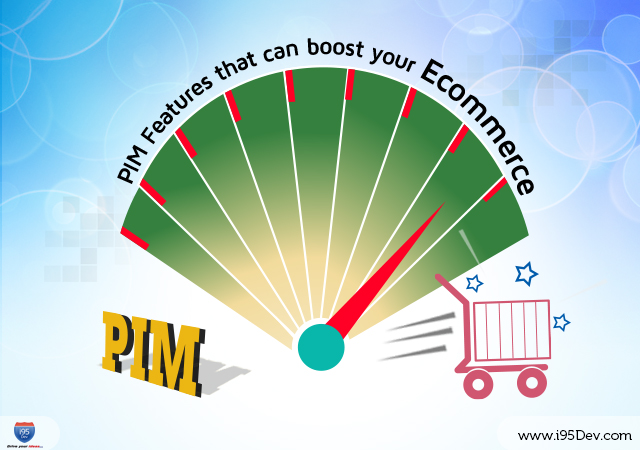Also Read Role of PIM Systems in E-commerce Ecosystem
Data Management
It is more than just product creation, data validation and process management; PIM offers a centralized databank for managing product information and digital resources. Data models allow you to manage product classification, attributes, hierarchies and relationships.
Catalogue Management
PIM provides a competent catalogue management that allows you to create catalogues in various forms quickly. It gives access to up to date information anytime; thanks to electronics catalogues fed from the centralized databank, helping businesses to save time and money.
Data Quality
An effective PIM assures good data governance. It establishes business guidelines, structured policies and processes for managing data across functional groups. It ensures data quality and channel consistency while importing and managing master data from external systems to PIM. In a nutshell, it helps monitor data consistency and keeps everyone aligned around same business goals.
Omni-channel capabilities
Customers look to buy products from a channel they desire; most importantly they expect to have the same experience across all these channels. PIM allows you to stand on customer expectations with a robust framework that delivers contents, pictures, videos, and customer reviews seamlessly regardless of the channel they are using.
Forward and Backward integrations
PIM supports both B2C and B2B environments by synchronizing with suppliers and trading partners and importing processes for the integration of external catalogs or other systems. It communicates among manufacturers, suppliers, distributors, retailers and customers and guarantees right information to the right people.
Reporting
PIM nurtures data available in centralized repository; analyze past data and deploy new product assortments and adjust inventory. It helps in generating effective reporting on resources.
Internationalization and localization
PIM supports your ecommerce business for multiple locations, multiple languages, and multiple websites. It allows a single web application to offer its content in languages and formats custom-made to the audience.
Also Read Magento Integration Series: Integrating Magento with PIM




